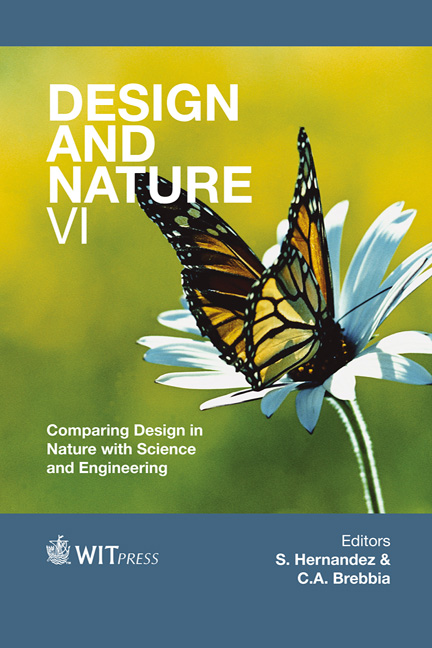The Force Cone Method: A New Thinking Tool For Lightweight Structures
Price
Free (open access)
Transaction
Volume
160
Pages
8
Page Range
15 - 22
Published
2012
Size
3,668 kb
Paper DOI
10.2495/DN120021
Copyright
WIT Press
Author(s)
C. Mattheck & S. Haller
Abstract
The Force Cone Method developed by Claus Mattheck enables computer-free topology designing and offers a profound knowledge for lightweight structures. Thus the recently developed method enhances the series of so-called thinking tools. The methods basic idea is the force distribution of a single force in an elastic plane. Symmetrically placed cones appear in front of the force and behind it. These cones intersect with 90-degree angles at primary points that quickly lead to a structural design proposal. Furthermore the method is very useful for the evaluation of structures and their lightweight potential. With the knowledge of the load case it is easy to identify main tension and compression paths leading to a deeper understanding of lightweight results. Also natural structures such as trees can be understood in another way, highlighting structural principles at the root, the leaf, the treetop or even the entire tree. Nowadays technical lightweight solutions can be found with different methods, including the Soft Kill Option (SKO) developed at the Karlsruhe Institute of Technology (KIT) 20 years ago. The method resembles the biological mineralization process of living bone and results in structures that can be seen as optimized lightweight design proposals. The comparisons of those structures with the state of the art designs used in the industry and with the ones found by the Force Cone Method indicate the high potential of the new method. For the confirmation of the basic rules and principles different assembly positions of force and supports as well as different types of supports, such as fixed supports or torsion anchors, have been analyzed. Keywords: force cone method, topology design, lightweight structure.
Keywords
force cone method, topology design, lightweight structure.





